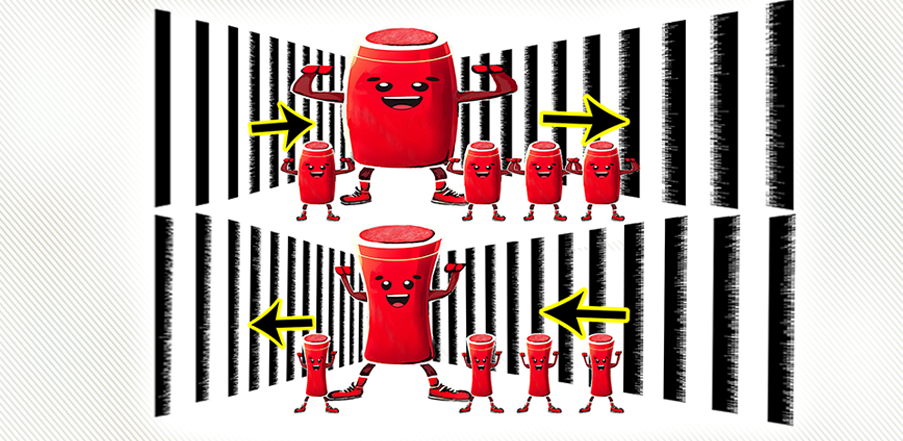Gender Lens 2022 Election Budget Response Prepared by the National Foundation for Australian Women
The Gender Lens 2022 Budget Review is prepared by The National Foundation for Australian Women. Leading experts in gender, economics, and social policy work together to review the Budget through a gender lens to ensure there is an organisation advocating for and articulating what the budget means for all women living in Australia. Commenting on the Budget, Professor Helen Hodgson of Curtin Law School says, “this Budget has been framed around extremely short-term election timeframes, with cost-of-living pressures addressed through handouts. Critically, there has been no structural reform in the areas that affect women’s lives”.
“The Budget papers are particularly opaque, with limited details and renamed programs, in a way that limits scrutiny by external organisations. Overall, this Budget was an opportunity to invest for the future: to promote structural reform in the tax and transfer system; in climate change and in the care sector. Sadly, this budget falls short of much needed structural reform in areas that affect women’s lives, failing to support Australian women in their time of need”.
Once again physical infrastructure was funded but investment in social infrastructure: aged care childcare and education were overlooked. Education funding was overlooked. Schools funding was further skewed to the non-government sector, funding in the Early Childhood Education and Care sector was limited; and there was no additional funding for university places. In the ALP Women’s Budget Statement education was identified as a priority, with promised spending on ECEC, Schools, VET and Universities.
The Women’s Budget Statement addressed three main areas: Women’s Safety; Women’s Economic Security and Women’s Health and Wellbeing. Initiatives identified to improve women’s economic security are unlikely be effective in improving Australia’s rankings in the Global Gender Gap Index, where Australia has dropped to 50th in the world. The Government did not report progress on the National Framework to measure progress on women’s economic security.
Importantly, attention must be brought to the changes to the Commonwealth Paid Parental Leave Scheme, touted as a key new economic security program in the Budget, which are contrary to international best practice. The plan to make the PPL more flexible by merging the Dad and Partner pay, allowing families to decide who will use the full 20 weeks is likely to result in men being less likely to take parental leave, as for most families there are no incentives to do so. Sole parents could have had their entitlements extended to 20 weeks without removing the “use it or lose it” requirement on Dad and Partner pay.
Whilst the Labor’s Women’s Budget document commits to making parental leave stronger it does not provide any details.
Again, the Budget has targeted stimulus funding at the male-dominated hard infrastructure sector and left the female-dominated aged care sector in critical decline, with workers leaving the industry as a result of poor wages and conditions. The ALP has promised to address both these issues — and indeed commits to addressing the gender pay gap more broadly by focussing on work conditions in feminised and casualised sectors of the economy.
The increase in funding for Women’s Safety in the National Plan to End Violence against Women and Children 2022-2032 and the establishment of the National Domestic Family and Sexual Violence Commission are welcomed. However, the funding still falls short of the amount that the sector identified as being needed and is spread across a number of disconnected programs.
The Budget fails Indigenous women. NFAW is very concerned about extremely limited funding to address the significant economic, housing and safety concerns of Indigenous women. Despite the Women ‘s Budget Statement claiming that it takes an intersectional approach, there has been no consideration of the particular position of Indigenous women in mainstream services and sectors. In failing to close the gap on Indigenous disadvantage and foregoing the opportunity to ameliorate the often-appalling disadvantage in which Indigenous women and men live, the Government is condemning another generation of Indigenous women to marginalisation, discrimination and insecurity.
The lack of action on climate change is a massive omission in the current environment. Some funding was provided for disaster relief, although there is no gender lens applied to that spending; but there seems to be no understanding that unless the causes of climate change are addressed, the disasters will continue to increase in severity. Funding for mental health and health in the current flood crisis is welcome, but there is no detail on whether these programs will be tailored to meet women’s specific needs.
Other measures to support economic security, including housing, welfare, tax and superannuation will be addressed in the supporting papers attached. Full reports at www.nfaw.org







